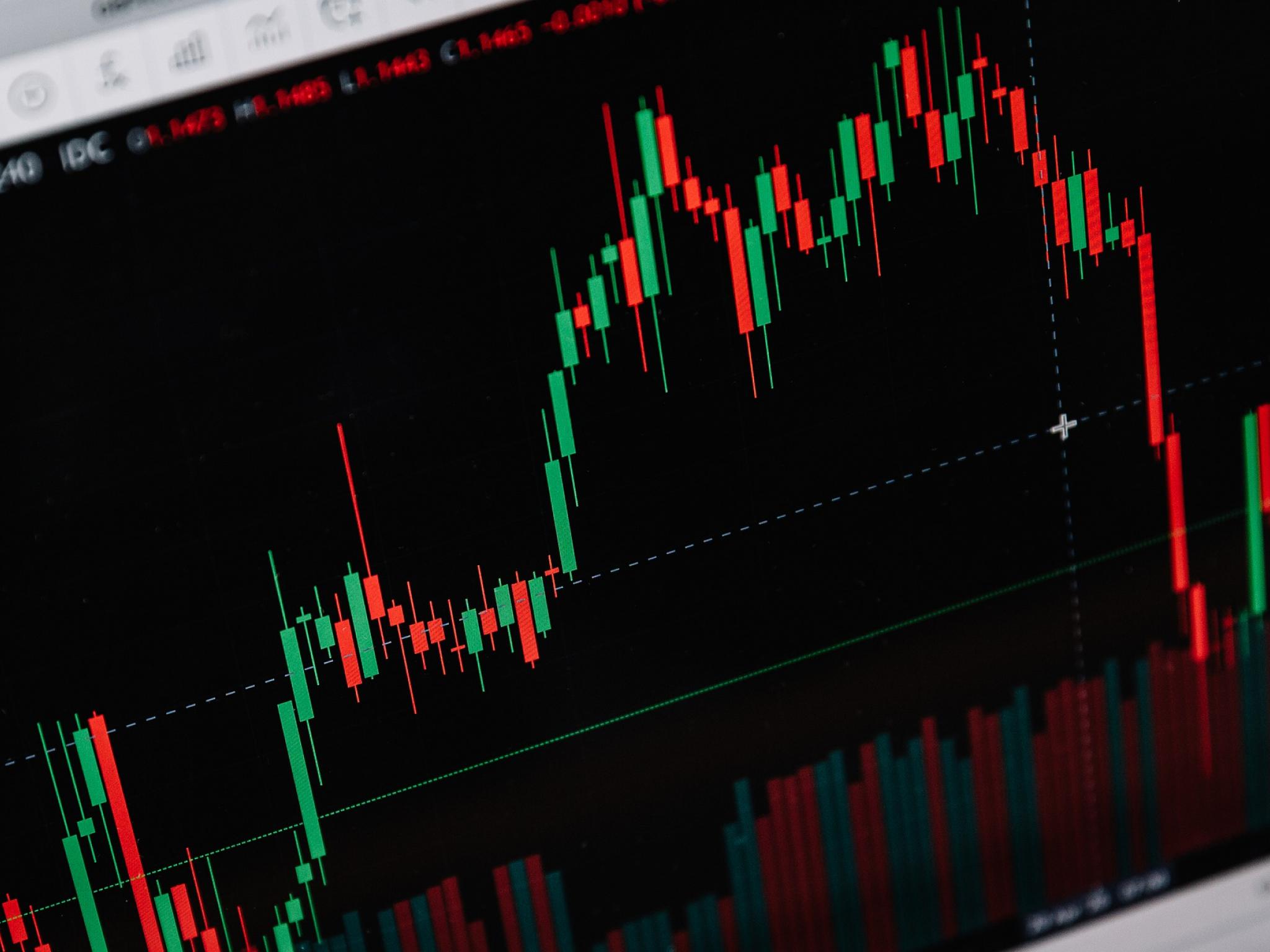
Pulled from Benzinga Pro data, Brady (NYSE:BRC) posted Q2 earnings of $33.81 million, an increase from Q1 of 3.51%. Sales dropped to $318.06 million, a 1.06% decrease between quarters. Brady earned $35.05 million, and sales totaled $321.48 million in Q1.
Why Is ROIC Significant?
Return on Invested Capital is a measure of yearly pre-tax profit relative to capital invested by a business. Changes in earnings and sales indicate shifts in a company's ROIC. A higher ROIC is generally representative of successful growth of a company and is a sign of higher earnings per share in the future. A low or negative ROIC suggests the opposite. In Q2, Brady posted an ROIC of 4.3%.
Keep in mind, while ROIC is a good measure of a company's recent performance, it is not a highly reliable predictor of a company's earnings or sales in the near future.
Earnings data without context is not clear and can difficult to base trading decisions on. Return on Invested Capital (ROIC) helps to filter signal from noise by measuring yearly pre-tax profit relative to invested capital by a business. Generally, a higher ROIC suggests successful growth of a company and is a sign of higher earnings per share in the future. In Q2, Brady posted an ROIC of 4.3%.
It is important to keep in mind that ROIC evaluates past performance and is not used as a predictive tool. It is a good measure of a company's recent performance, but does not account for factors that could affect earnings and sales in the near future.
For Brady, the positive return on invested capital ratio of 4.3% suggests that management is allocating their capital effectively. Effective capital allocation is a positive indicator that a company will achieve more durable success and favorable long-term returns.
Analyst Predictions
Brady reported Q2 earnings per share at $0.7/share, which did not meet analyst predictions of $0.7/share.
This article was generated by Benzinga's automated content engine and reviewed by an editor.







